Home>Technology>Home Entertainment Systems>When Did Television Stop Signing Off At Night?
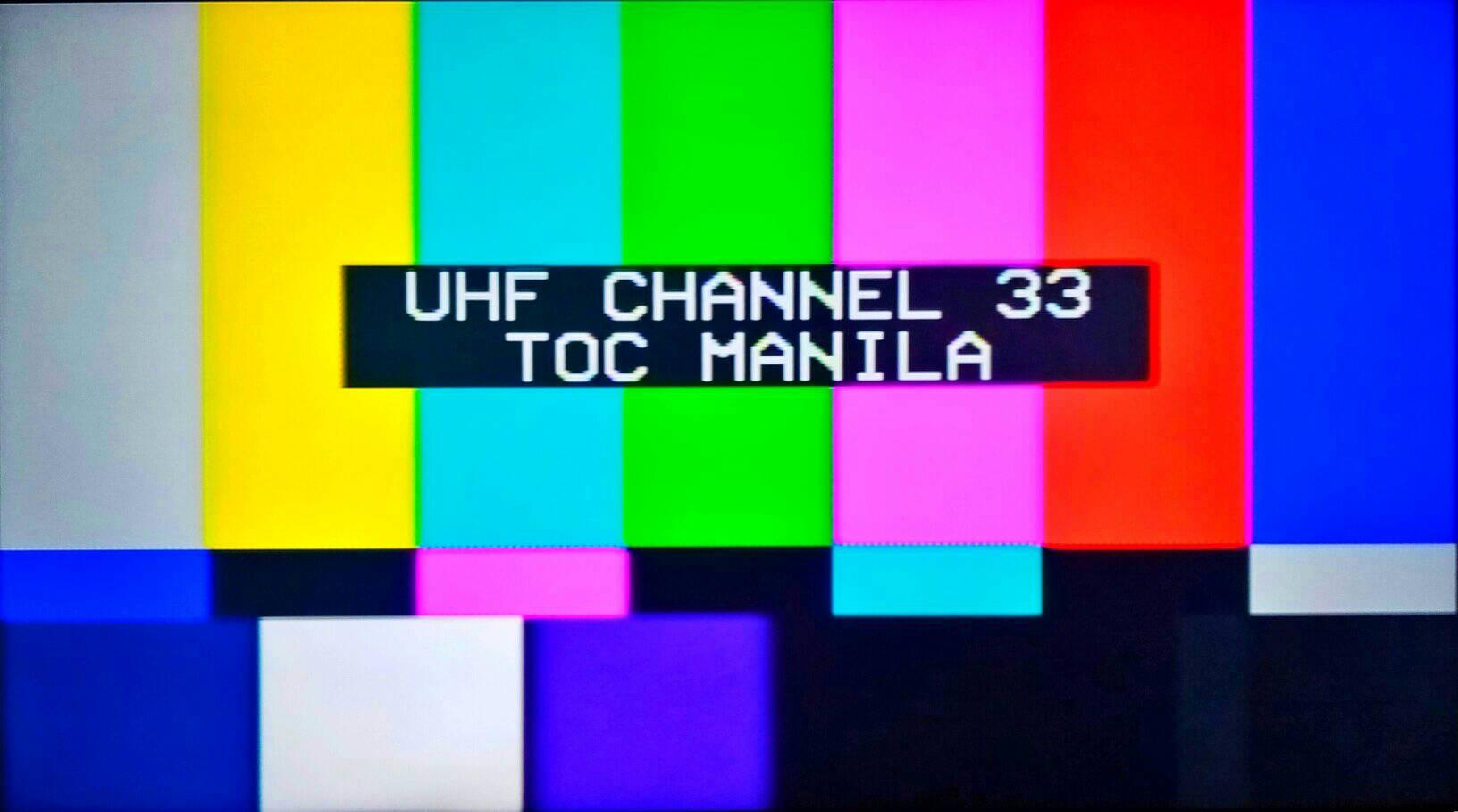

Home Entertainment Systems
When Did Television Stop Signing Off At Night?
Modified: October 20, 2024
Discover the history of television sign-offs and how home entertainment systems have revolutionized late-night viewing.
(Many of the links in this article redirect to a specific reviewed product. Your purchase of these products through affiliate links helps to generate commission for Storables.com, at no extra cost. Learn more)
Introduction
The late-night hours were once synonymous with the familiar sight and sound of television stations signing off for the night. However, as technology has advanced and broadcasting schedules have evolved, the era of television sign-offs has become a thing of the past. For those who remember the days of Grainy black-and-white screens and limited programming options, the sign-off process was a regular occurrence that marked the end of the broadcast day.
In this article, we’ll delve into the history of television sign-offs, explore the procedures involved, and discuss why these nostalgic moments have largely disappeared from our screens. So, sit back, relax, and take a trip down memory lane as we unravel the fascinating story of when television stopped signing off at night.
Key Takeaways:
- Television sign-offs, marked by the national anthem and station announcements, were a comforting ritual for viewers. The decline of sign-offs reflects the evolution of technology and viewer habits, shaping the future of broadcasting.
- The era of television sign-offs has given way to 24-hour programming and on-demand content. While nostalgic, the disappearance of sign-offs signifies the progress and innovation in how we consume media.
Early Television Broadcasting
In the early years of television broadcasting, stations operated on a limited schedule, usually beginning their programming in the morning and ending in the late evening. This was primarily due to technical constraints and the lack of round-the-clock demand from viewers.
In the United States, the Federal Communications Commission (FCC) played a crucial role in regulating television broadcasting. The FCC implemented strict rules that limited the hours during which stations were allowed to transmit their signals. These rules were intended to prevent interference with other stations and ensure efficient use of the limited broadcast spectrum.
As a result, television stations typically signed on in the morning with the national anthem playing and signed off at night, signaling the end of their broadcasting day. This offered viewers a sense of closure and finality, creating a distinct divide between television programming and other activities.
During these early years, television sets were not as common as they are today. Many households had only one television, which was often shared among family members. As a result, the limited broadcasting schedule worked well with people’s routines, as television was seen as a form of entertainment to be enjoyed during specific hours rather than a constant presence in the home.
The limited availability of programming also played a role in the sign-off procedures. Since stations had a fixed schedule and only a handful of channels to choose from, the programming typically ended at a set time. This allowed stations to easily transition into the sign-off process without disrupting viewers’ expectations.
Throughout the 1950s and 1960s, television programming expanded, and the number of stations increased. However, the concept of signing off at night remained intact for many broadcasters, becoming a familiar ritual for viewers before they retired for the evening.
Sign-Off Procedures
As television stations prepared to sign off for the night, they followed a set of standard procedures to signal the end of their broadcast day. These sign-off procedures varied slightly between stations but generally followed a similar pattern.
One of the most recognizable elements of sign-offs was the playing of the national anthem. It was common for stations to air a recorded version of the national anthem, accompanied by a video montage of patriotic images. This was a way to pay homage to the country, signify the end of the broadcast day, and encourage viewers to reflect on their day before going to bed.
Following the national anthem, stations often aired a short message or announcement. This was typically delivered by a station announcer, who would bid farewell to viewers and provide information about the station’s programming schedule for the following day. The announcer might mention specific shows or events to look forward to or remind viewers of any important news or weather updates.
After the announcer’s message, some stations would proceed with technical procedures to prepare for the sign-off. This could include lowering the transmitter power, adjusting broadcast equipment, or conducting routine maintenance tasks. These procedures ensured optimal performance and readiness for the next day’s programming.
Once the technical aspects were addressed, the final step in the sign-off process was the station identification. This involved displaying the station’s call letters and frequency, accompanied by a test pattern or a simple graphic. This helped viewers identify the specific station they were tuned into and served as a visual confirmation that the station was no longer broadcasting.
With the completion of the sign-off procedures, the screen would fade to black and the audio would go silent, marking the end of the broadcast day. The television set would be left displaying nothing but static, commonly known as “snow” or “white noise”, until the station resumed broadcasting in the morning.
These sign-off procedures were not only practical in terms of technical operations but also provided a sense of closure for viewers. The ritualistic nature of the sign-off process helped establish a routine and a sense of time, as well as signal a break from television entertainment for the night.
Television stations in the United States largely stopped signing off at night in the 1980s, as cable and satellite TV became more prevalent. This allowed for 24-hour programming.
Historical Sign-Off Times
The specific sign-off times varied between television stations and geographic locations. However, in general, the sign-off occurred during the late-night hours, typically between midnight and 2 a.m.
In the early years of television, sign-offs often occurred around midnight. This was in part due to the limited programming available and the technical limitations of broadcasting equipment. As television technology advanced and stations expanded their schedules, sign-off times gradually shifted to later hours.
By the 1970s and 1980s, the sign-off time for many television stations in the United States had moved closer to 2 a.m. This allowed for extended programming and catered to the growing number of night owls and late-night viewers. These late sign-offs provided an opportunity for stations to air specialized programming, such as classic movies, late-night talk shows, or overnight news updates.
It is important to note that sign-off times could vary between weekdays and weekends. Some stations followed a consistent sign-off schedule throughout the week, while others adjusted their sign-off times on weekends to accommodate programming differences or reach specific target audiences.
The historical sign-off times also varied in different countries. For example, in the United Kingdom, the sign-off time for the BBC was around 1 a.m., while in Australia, stations would typically sign off around midnight. The exact timings were influenced by factors such as viewer habits, cultural norms, and broadcasting regulations specific to each country.
Eventually, as broadcasting technology continued to advance and the demand for 24-hour programming increased, television stations started to extend their broadcasting schedule throughout the night. The concept of signing off at the end of the day gradually became obsolete, and stations began to fill their late-night hours with infomercials, reruns, or other specialty programming to cater to different viewer preferences.
Today, with the advent of streaming services and on-demand content, traditional television sign-offs have largely disappeared. Viewers now have access to entertainment at any time of the day or night, eliminating the need for stations to end their broadcasts and leaving the concept of sign-off behind as a relic of television history.
The Decline of Television Sign-Offs
In recent decades, technological advancements and changing viewer habits have led to the decline of television sign-offs. Several key factors have contributed to this shift in the broadcasting landscape.
One major factor is the rise of cable and satellite television. With the introduction of multiple channels and round-the-clock programming options, the need for stations to sign off at a specific time diminished. Cable and satellite networks could provide continuous content, catering to a wider range of viewer interests and time zones.
Additionally, the development of digital television and the widespread adoption of digital broadcasting systems eliminated the technical constraints that once necessitated sign-offs. Digital broadcasting allowed for more efficient use of the broadcast spectrum, enabling stations to transmit their signals continuously without the need for scheduled breaks.
The emergence of on-demand streaming services, such as Netflix, Hulu, and Amazon Prime Video, further disrupted the traditional television landscape. These platforms offer viewers the flexibility to watch their favorite shows and movies at their convenience, eliminating the need to adhere to a broadcasting schedule or witness a sign-off.
As viewer habits shifted towards consuming media on various devices, such as laptops, smartphones, and tablets, the concept of television sign-offs became less relevant. Viewers could access content anytime, anywhere, and were no longer dependent on a single television set in their homes. This increased flexibility and accessibility further eroded the need for designated sign-off periods.
Furthermore, advertising revenue played a significant role in the decline of sign-offs. Late-night hours became valuable advertising slots, targeting specific demographics such as night shift workers or insomniacs. Stations were incentivized to extend their programming into the night, as it allowed for increased ad revenue potential. This financial motivation pushed stations to move away from sign-offs and prioritize earning advertising dollars.
Although television sign-offs are now a rarity, some nostalgia lingers among viewers who remember the ritualistic and comforting nature of those final moments before the screen faded to black. Many have fond memories of the national anthem playing, the familiar voice of the announcer bidding them goodnight, and the anticipation of what the next day’s programming would bring.
While traditional television sign-offs may have faded into history, their legacy lives on in the hearts of those who experienced the simplicity and charm of those bygone days of broadcasting.
Read more: When Did They Stop Using Mercury In Mirrors
Conclusion
The era of television sign-offs has come to an end, replaced by round-the-clock programming, on-demand content, and the ever-evolving landscape of digital media. However, the legacy of television sign-offs remains a powerful reminder of a bygone era in broadcasting history.
Television sign-offs were more than just technical procedures to mark the end of the broadcast day. They represented a sense of closure, routine, and shared experience for viewers. The playing of the national anthem, the messages from announcers, and the visual display of station identification created a bond between television stations and their audience.
The evolution of technology, including cable and satellite television, digital broadcasting, and on-demand streaming services, has reshaped the television landscape and fundamentally changed viewer habits. With content available at the touch of a button and the ability to watch anytime, anywhere, the need for designated sign-off periods has become obsolete.
While the decline of television sign-offs may be bittersweet for those who experienced the comforting ritual of bidding farewell to the day’s programming, it is a testament to the progress and innovation that has transformed the way we consume media.
Yet, the nostalgia associated with television sign-offs endures. For those who recall gathering around the television set, the national anthem playing, and the satisfaction of a day well-spent, those moments hold a special place in their hearts.
As we reflect on the disappearance of television sign-offs, we are reminded of the profound impact that television has had on our lives and how it continues to evolve to meet the changing needs and desires of viewers. While we may no longer witness the fading of the screen and the silence that followed, the memories of those historic sign-off moments will forever remain a cherished part of our collective television heritage.
So, as we navigate the ever-expanding world of digital entertainment, let us not forget the humble beginnings of television sign-offs and the shared experiences they fostered. They were an integral part of the television journey, and their legacy will continue to shape the future of broadcasting for generations to come.
Frequently Asked Questions about When Did Television Stop Signing Off At Night?
Was this page helpful?
At Storables.com, we guarantee accurate and reliable information. Our content, validated by Expert Board Contributors, is crafted following stringent Editorial Policies. We're committed to providing you with well-researched, expert-backed insights for all your informational needs.




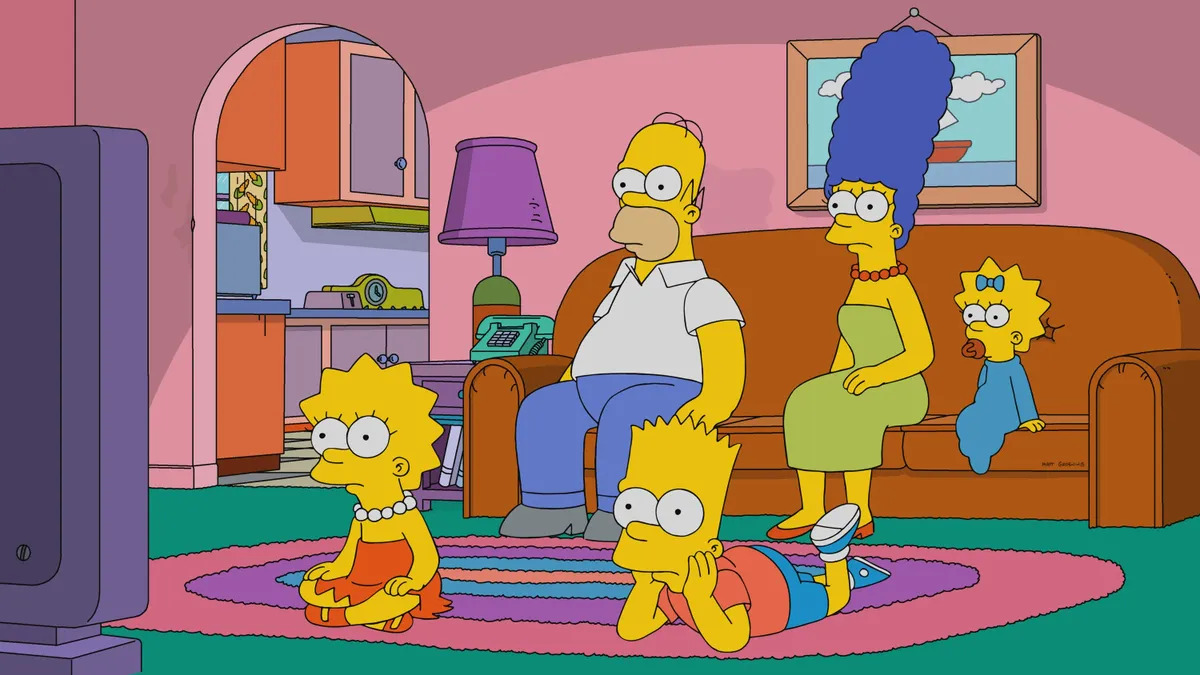
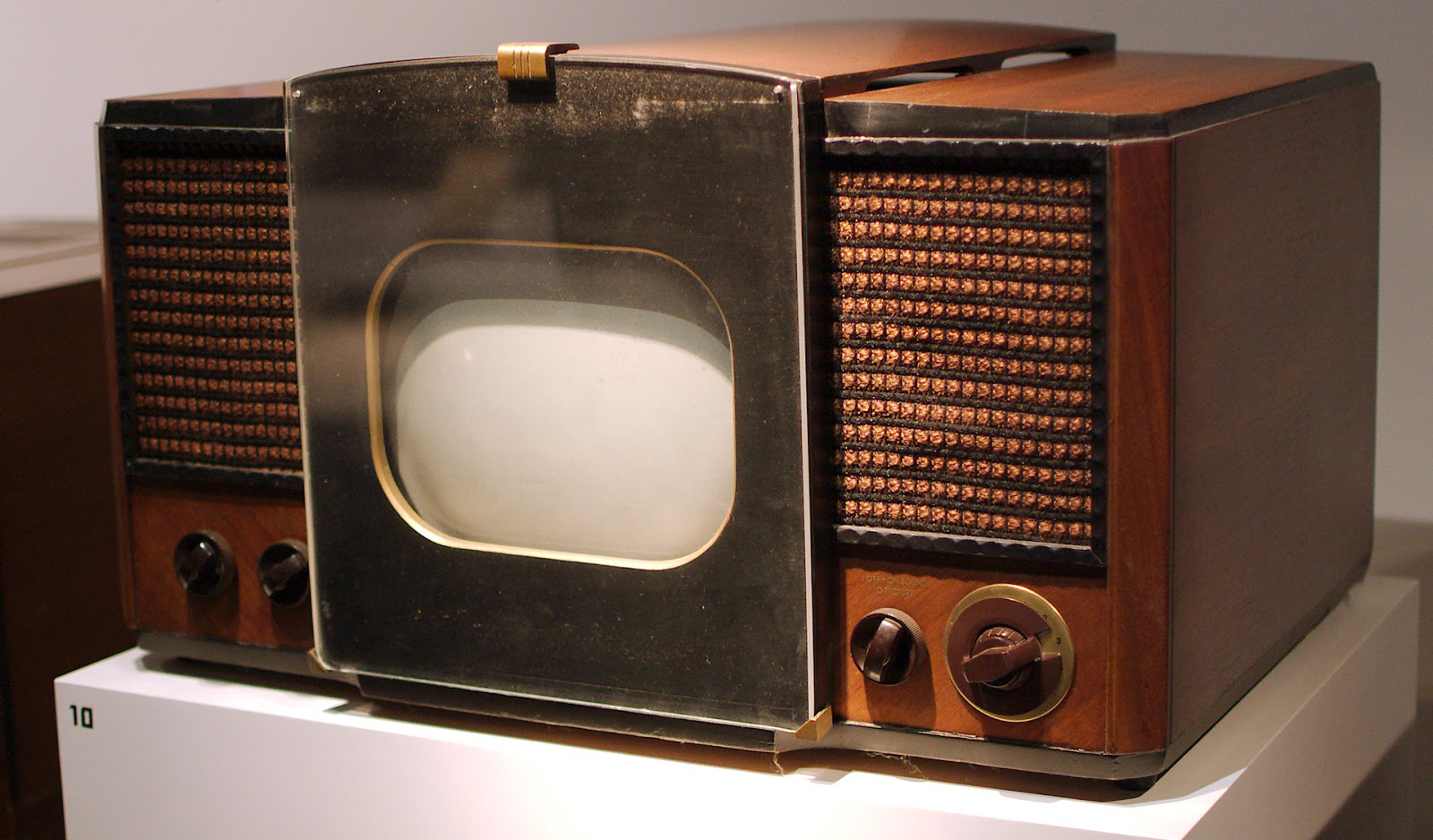

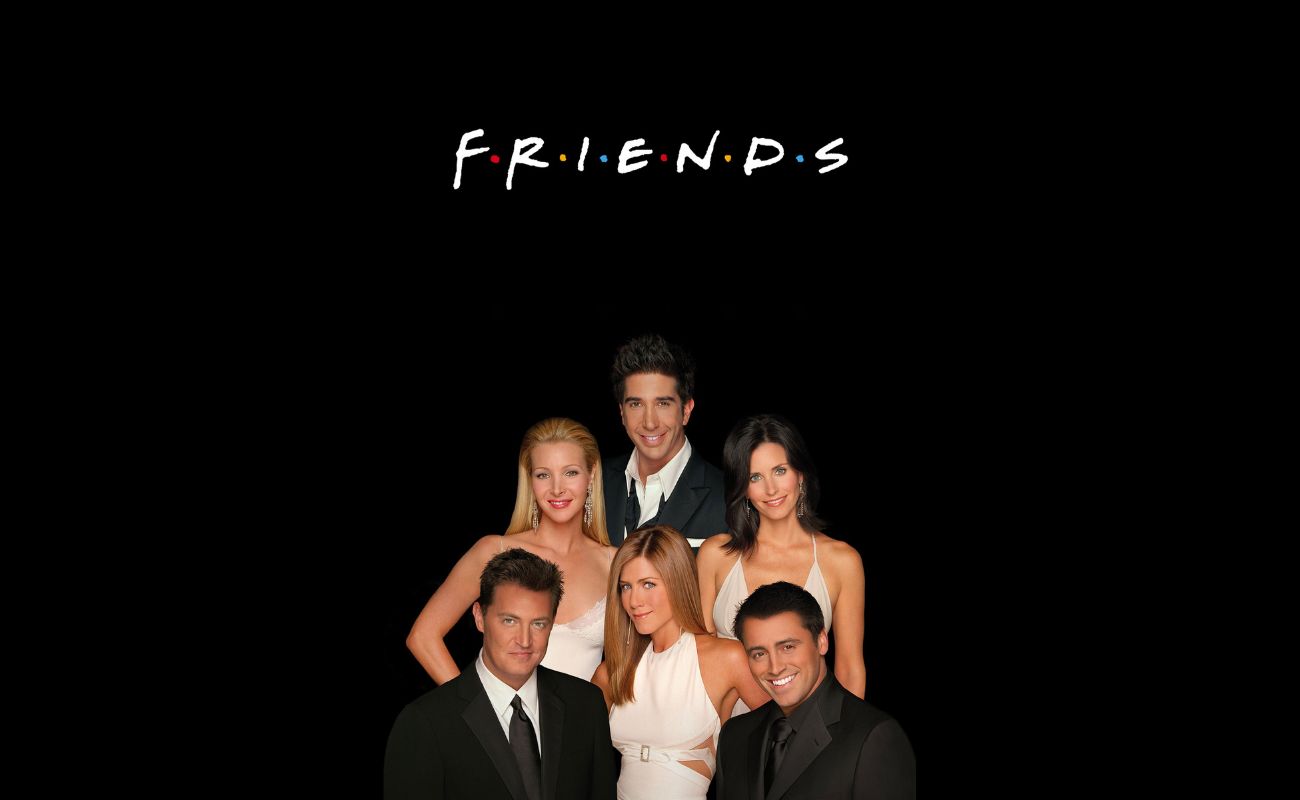




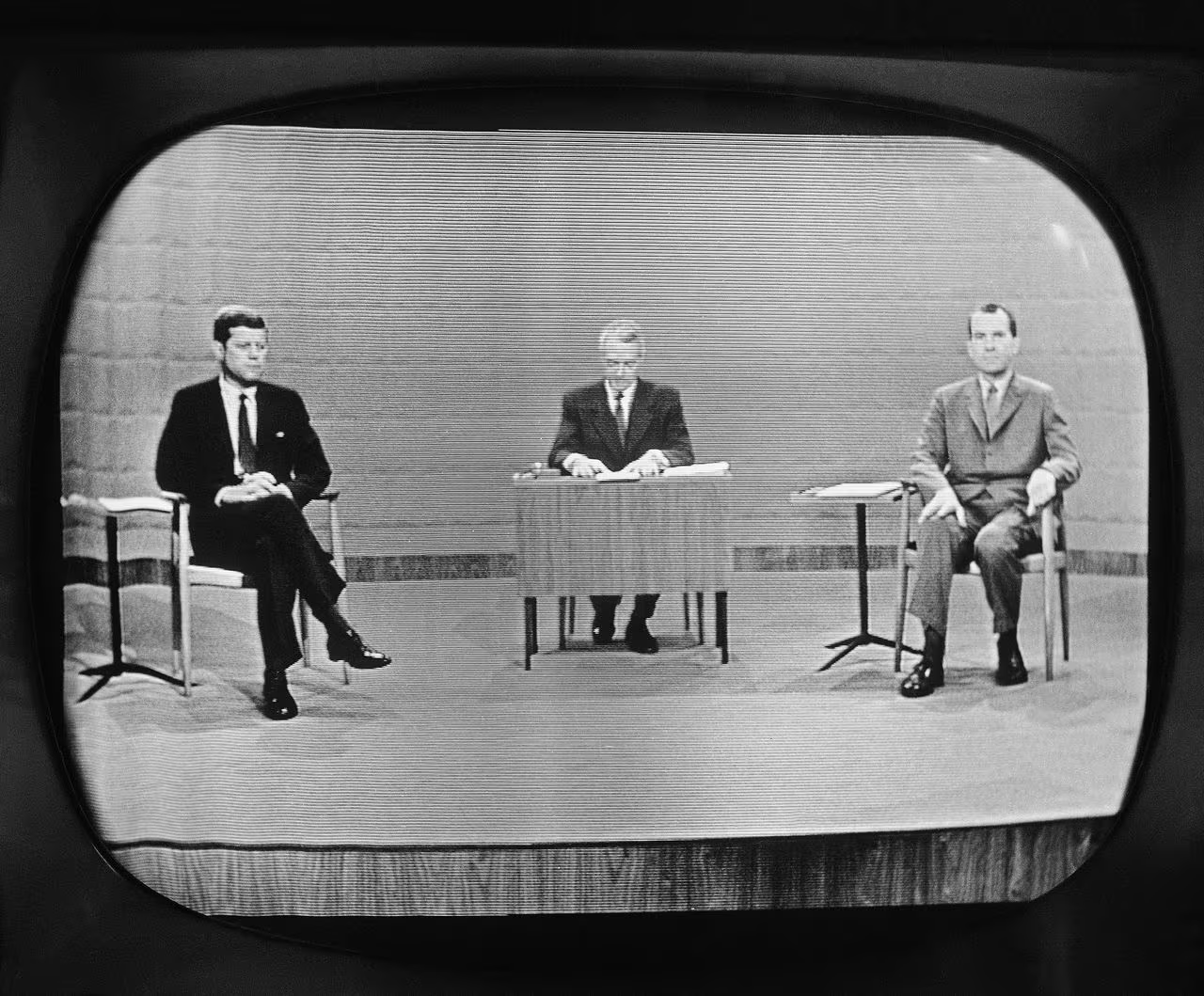


0 thoughts on “When Did Television Stop Signing Off At Night?”